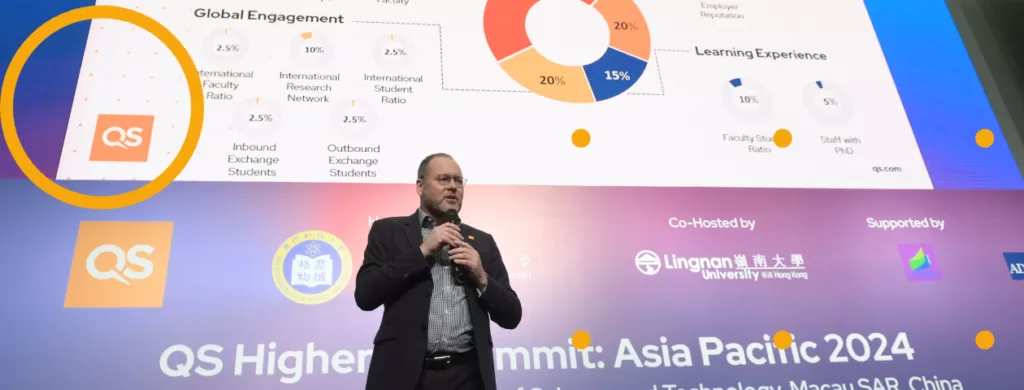
The augmented demand generation of your business school or university program is getting tougher every year, and you cannot afford to make selection errors when it comes to platforms that form a part of your demand generation plan.
Augmented demand being a combination of goodwill or perception, promotions, and the price of your program – is something that needs to be worked upon every year irrespective of previous success or failure. This means cherry picking platforms or candidates sources that would either meet the demographics or the larger intent that your program needs. There can only be two outcomes possible to measure – engagement and action, from these platforms that you pick. High engagement platforms are supposed to help you create a positive perception and then channel that engagement flux into action, while high action platforms are meant to provide you with a constant flow of leads through direct calls to action.
In such a scenario, you will have a dependency upon how such platforms add to your demand score.
Let’s say you will need a demand score of 100 for someone to complete your application process. This means that the cumulative demand score that can be calculated through all distinct engagement steps across all platforms that the candidate would have used, needs to be 100 at the end of the process.
Let’s name a new function “Q” to denote the demand generation in every step of engagement by users with your brand. So every time a user has a positive engagement in any of the platforms around your brand, we will give +Q and every time there is a pain point or bad engagement, we will give -Q. Let’s consider that the range of Q scores is 1 to 100 in both sides of the scale and that there would be different scores attached to Q value.
Next, you will have to look at the platforms you have chosen as a part of your application demand generation strategy for this year, and see how components in their own platforms contribute to positive or negative Q values.
So the following components may add a positive score to Q values:
– Very strong reason to sign-up on their platform (+10)
– Less number of steps to sign-up (+10)
– access to tools that help to customise the platform (+10)
– getting something tangible out of the platform – like a personalized report, a social network, access to people who can guide them to your institution etc. (+20)
– Easy access to you or your team (+20)
– Multiple ways to engage with your brand on the same platform (+20)
You will also need to watch out for these negative contributors to Q values:
– Cumbersome registration process for the site or its tools (-10)
– No customisation of any kind available to candidates, and they are expected to figure things out themselves through navigation bar (-20)
– No reasons for candidates to come back to the platform beyond the first visit (-20)
– No option for candidates to control how they receive emails or notifications, which means there would be a threat of communication blindness (-20)
– The way a candidate can reach you will be to fill in lead forms only (-20)
Imagine if you have picked up 4 platforms, wherein 2 provide +Q scores and the other 2 contribute -Q scores, it would mean that at the end of the process you have gotten almost no positive Q value to go with when measuring effectiveness for your multi-channel strategy. The nightmare is going to be a situation wherein you are dealing with websites or platforms that are so painful for candidates to use, you would have destroyed the positive augmented demand that was created by you at the beginning of their user journeys. All that goodwill, promos, and competitive pricing will not hold strong against a multi-channel system that creates -Q values for you.
So you will need to be smart while making assessments to choose platforms for your multi-channel strategy. Don’t get blinded by just demographics or how your competition is using the platform. Don’t get blinded by total sessions or pageviews. In fact, ignore everything and ask specifically for things that the platform has done to improve +Q scores for every engaged user in the past year.
If you find nothing much has changed, then it’s time to look for other platforms – or if you are out of luck as these are the only options you’ve got, then ask them to make the changes to build positive Q scores for you. If they want your business and are serious about theirs, they will listen.
Write to me to share your thoughts on this subject. I will be happy to share related research on the same topic and others such as “how to hedge against enrollment decline for your business school or university program”.



